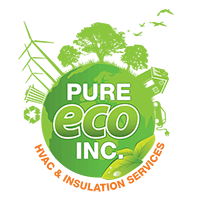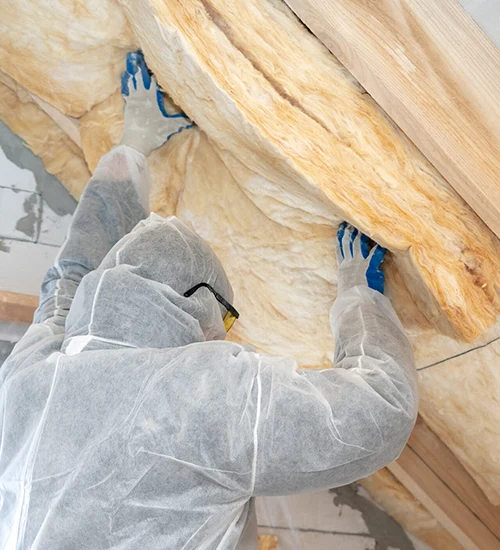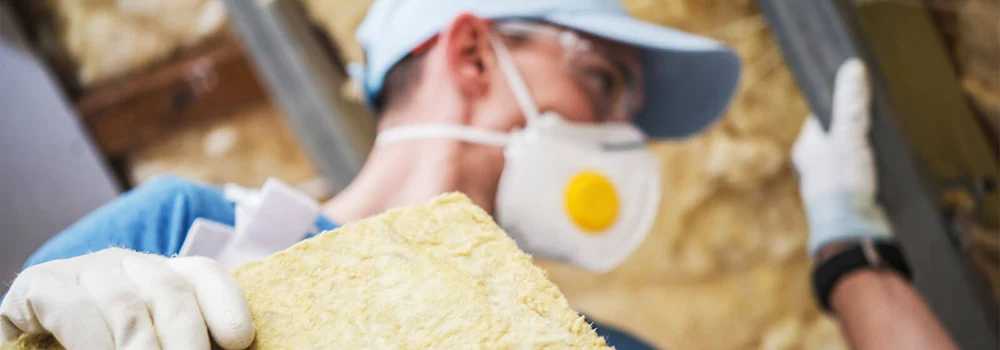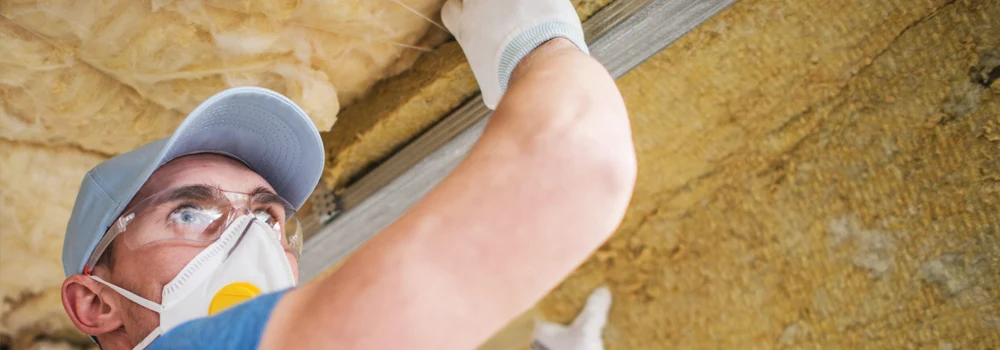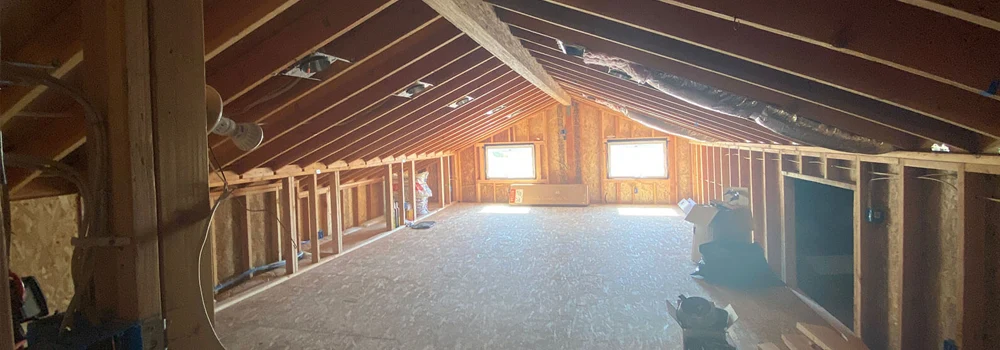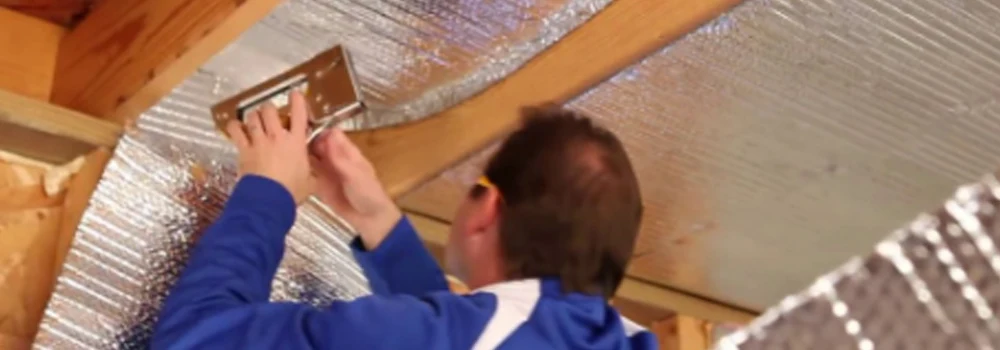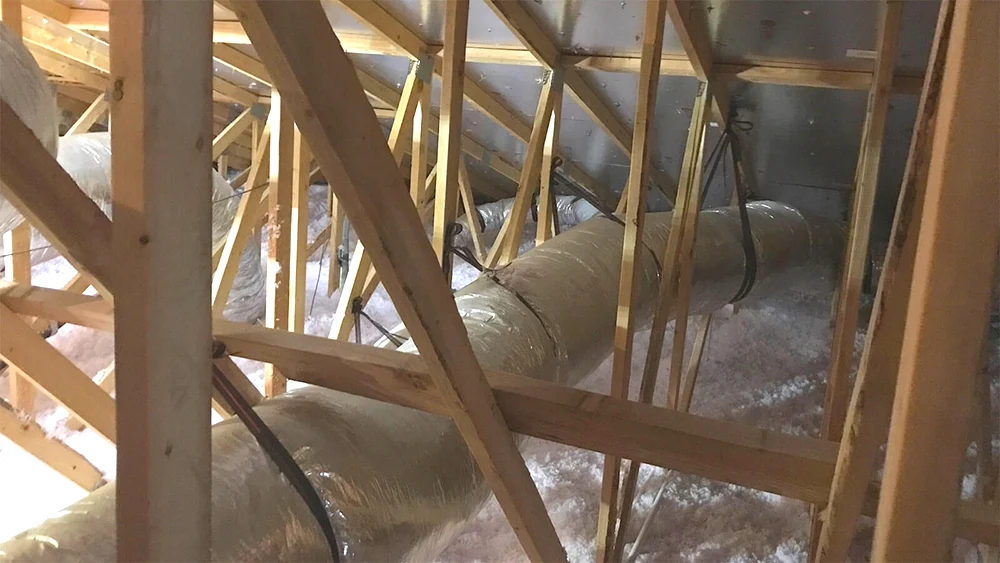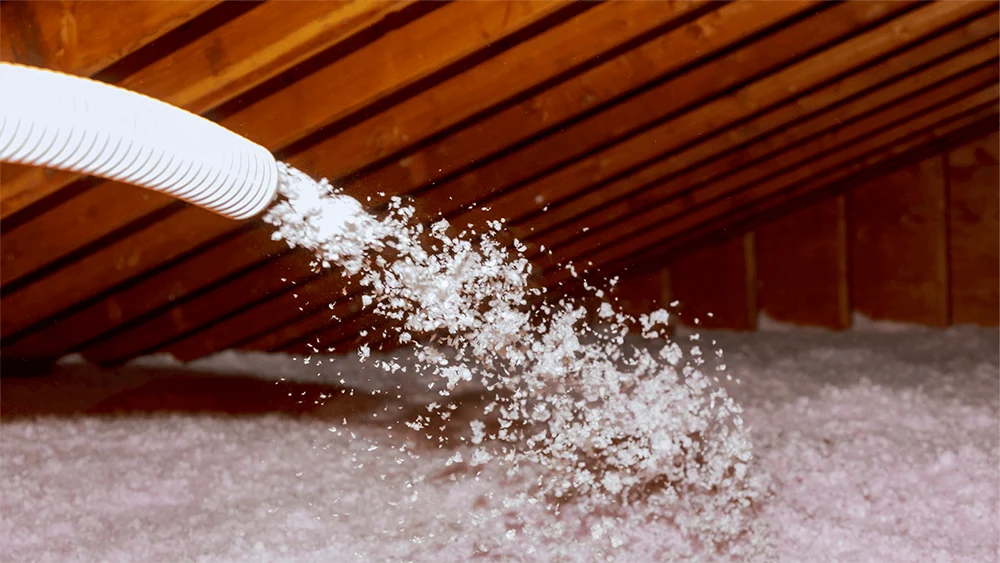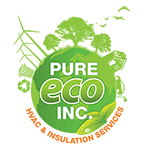Pure Eco’s insulation installation process involves several steps. First, our specialist team will assess your home’s insulation needs and recommend the appropriate insulation type and R-value. Then, we will carefully prepare the area where the insulation will be installed to ensure safety and cleanliness. Next, we will install the insulation using state-of-the-art equipment and industry-standard techniques. After installation, we will perform a thorough clean-up and inspection to ensure that the job has been completed to the highest standards. Finally, we will provide you with information and resources to help you maintain your insulation and optimize its performance. Throughout the process, Pure Eco prioritizes safety, quality, and customer satisfaction to ensure that we achieve the best possible results and that you have a positive experience.
